Energy in the World
The major energy needs of society have contributed to the excessive exploitation of the planet’s resources, resulting in an increase in polluting gas emissions which has brought about serious environmental consequences such as an increase in the planet’s temperature. If average global temperatures continue to increase uncontrollably, some plant and animal species will be exposed to an increased risk of extinction. A 2°C increase is even considered by scientists as the limit above which there is a risk of serious environmental consequences worldwide. It is therefore urgent to transform the global energy landscape, driving forward a new energy transition that aims to create a cleaner and more sustainable society focusing on renewable energies and low carbon technologies.

Paris Agreement
In order to combat and minimise the climate change that has taken place over the years, which largely results from the way society behaves, the international community signed the Paris Agreement in 2015. This agreement sets out to provide an effective response to the urgent need to halt the rise in average global temperature and to address climate change challenges.
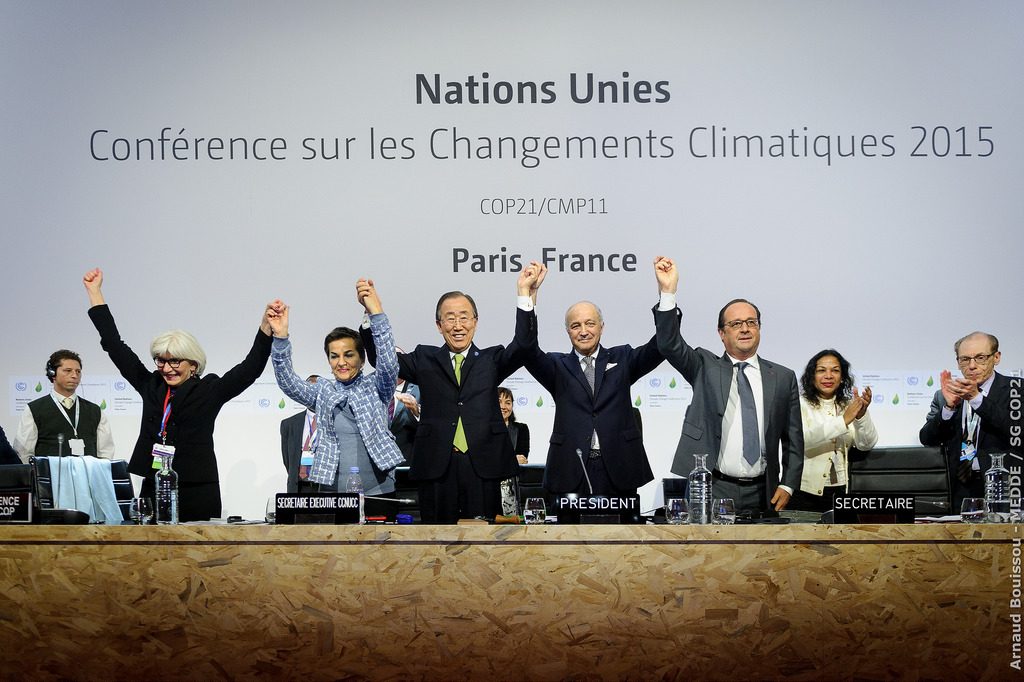
Energy in Europe
In order to meet the commitments made in the Paris Agreement, and still leading the energy transition that the world is going through and offering favourable conditions for the consumer, the European Union has strengthened the role of energy efficiency. It is one of the pillars of the Energy Union, together with four other aspects: supply security, the internal energy market, decarbonisation (including renewable energies) and research and innovation. The aim is to achieve at least an improvement in energy efficiency by 30% by 2030, based on the ongoing negotiations in the context of the European Union Legislative Package ‘Clean Energy for All Europeans’. In order to respond to this increasingly demanding context, the various Member States are currently preparing their integrated national energy-climate plans (PNEC).
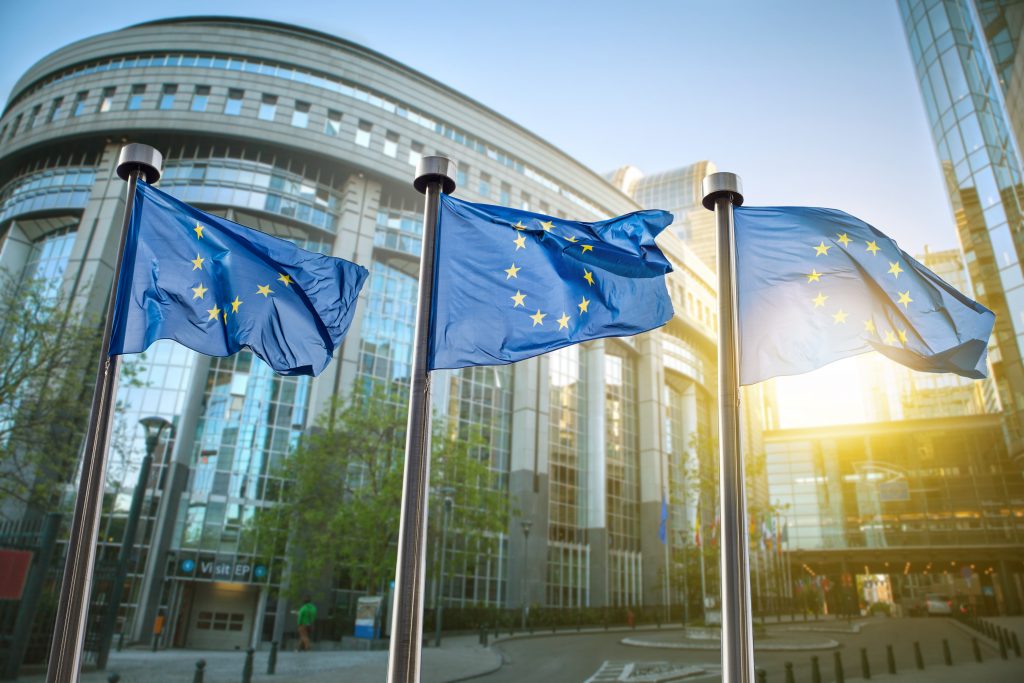
Energy in Portugal
As one of the Member States of the European Union, Portugal has made strategic investments aimed at contributing to the objectives of the Paris Agreement, directly linked to the increase in the use of renewable energy sources in final energy consumption, and improving the energy efficiency of the country’s housing and services. By 2020, and in light of the new Energy Efficiency Directive 2012, a 20% reduction in the forecast made in 2007 was set as a ceiling on primary energy consumption. The country has already exceeded this target, achieving a reduction of 23.7% in 2016 (with 21.7 Mtoe – millions tons of oil equivalent). With regard to the penetration of renewable energies in final energy consumption, this was 28.7% in 2016, which puts the country on the right track to reach the target of 31% set for 2020. The transport sector is the one that needs most attention, given that the percentage of renewable energy sources was 7,5% em 2016, compared with a target of 10% that the country wishes to achieve by 2020. With the speeding up of investment programmes aimed at increasing the competitiveness of our economy, within the framework of Portugal 2020, Horizon 2020 and similar instruments, a continuation and strengthening of project dynamics and investment in the country is expected to continue in the areas of energy efficiency and renewable energy.
Portugal’s energy dependence
Portugal imports all the fossil fuels it consumes, but on the other hand it exports petroleum products (petrol, diesels etc.), electricity of renewable origin and some biomass and biofuel. In 2016, Portugal imported more than it needed for its own consumption (109%), but exported 34% of its consumption. In the end, Portugal had to import 75% of its energy consumption. This is its energy dependence level..
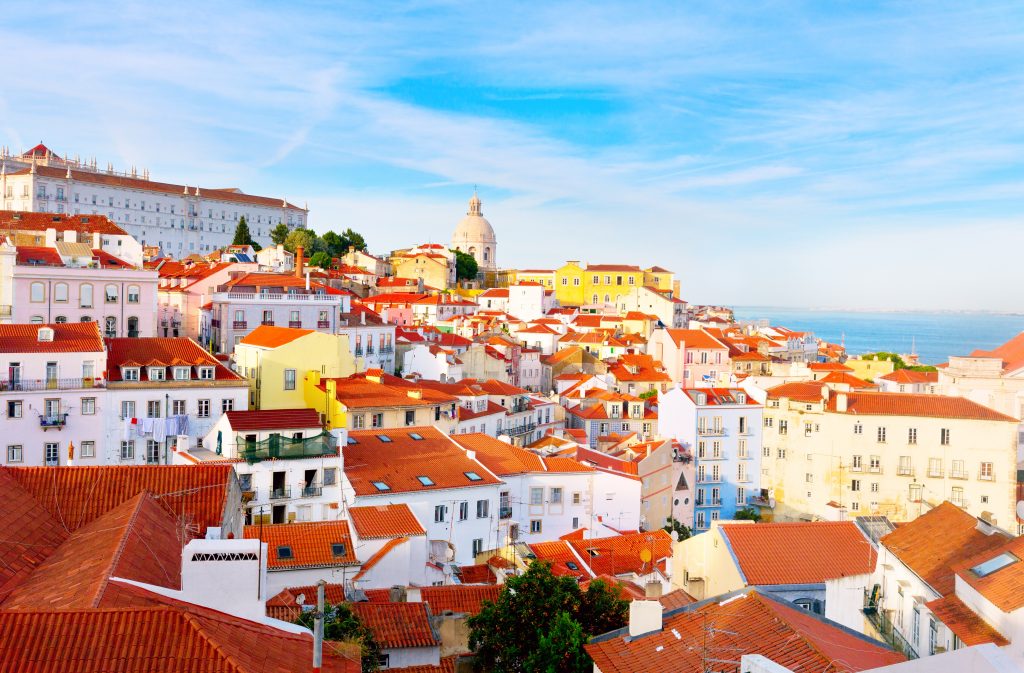
The energy cycle in Portugal
The energy cycle in Portugal
Before reaching the final consumer, energy goes through several stages which include the exploitation of the resource at the source, production, transport, distribution and it may also include storage.
Portugal has a number of renewable sources of energy, including solar, wind, water, waves, geothermal and biomass. In addition to the above, fossil resources, such as coal, oil and natural gas, are also used to ensure that the population’s energy needs are met. However, the country does not have these resources in its national territory and therefore needs to import them. The oil consumed is mostly imported from Angola and Russia, the natural gas from Algeria and Nigeria and the coal from Colombia.
In Portugal there are two major energy supply cycles for consumers: the electricity cycle and the natural gas cycle.
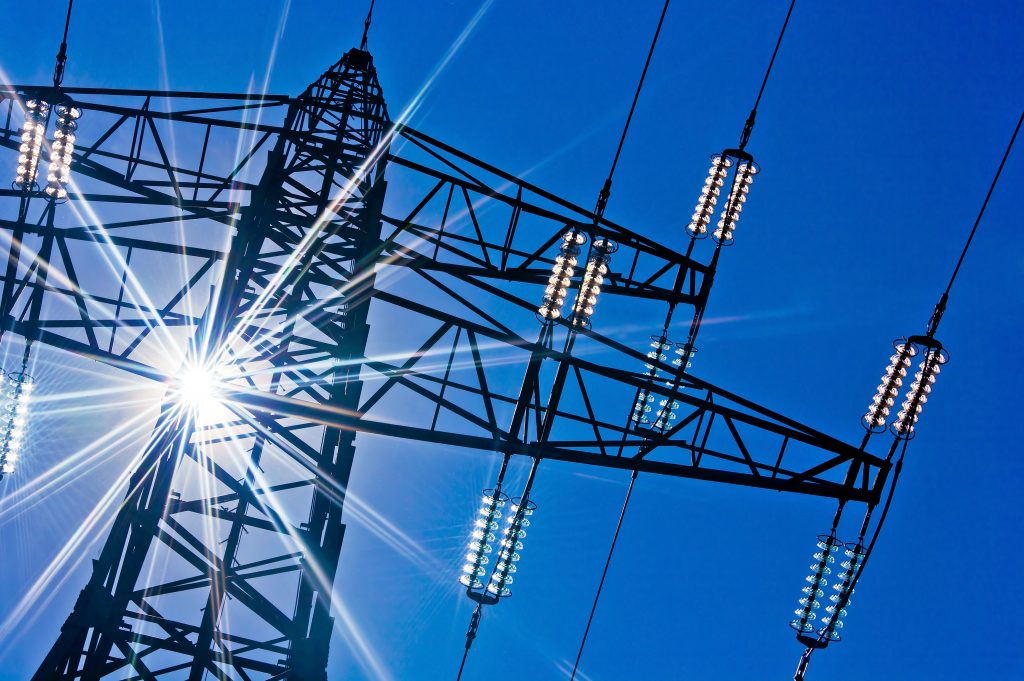
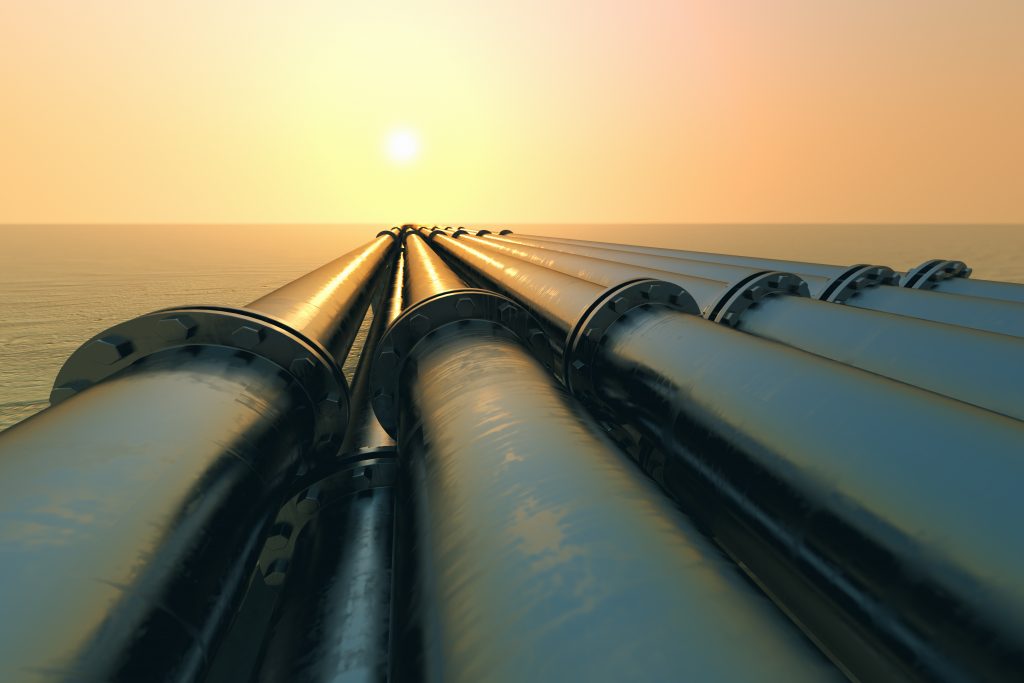
Electricity Cycle
The electricity supply cycle has four different phases, from its production, its transmission and distribution until reaching the final consumer.
Electricity in Portugal may have wind, water, photovoltaic or geothermal origin, or a thermal origin resulting from the combustion of biomass and fossil resources.
Wind production results from the exploitation of the kinetic energy of wind on wind farms, whilst hydroelectric power results from exploiting the potential and kinetic energy of water at hydroelectric power stations. Solar energy is already produced at photovoltaic plants by converting solar radiation, whereas geothermal energy results from the exploitation of the heat emitted by the Earth at geothermal power stations. Production of thermal origin concerns the production of energy resulting from the combustion of solid, liquid or gaseous fuels at thermoelectric power stations.
In 2016, 62.9% of the electricity produced in Portugal originated from renewable sources.
From primary energy to final energy use, there is a need to transport it on appropriate networks. After its production, electricity is channelled to the National Transmission Network (RNT), which is very high voltage and high voltage, under concession by the company REN for delivery to distributors, suppliers of the free electrical energy market or directly to large end customers.
Electricity is transported on high-voltage electricity networks, overhead lines and underground cables, from production plants to sub-stations, where it is transformed into medium voltage for distribution to the end consumer on appropriate networks in urban or industrial centres.
EDP Distribuição is the company carrying out the activity of Distribution Network Operator – ORD, in Portugal’s mainland territory, with the exception of some parishes. The activity is regulated by the Energy Services Regulatory Authority (ERSE), holding the concession for the operation of the National Distribution Network for Electricity (RND) which is Medium Voltage (MV) and High Voltage (HV) and municipal Low Voltage (LV) Power Distribution Concessions.
In the Azores the ORD is EDA – Eletricidade dos Açores and in Madeira it is EEM – Empresa de Eletricidade da Madeira.
Depending on the needs, this energy may be delivered to the consumer at high, medium or low voltage, the consumption being accounted for on an electrical energy meter which records and subsequently invoices the consumption to the user.
The electricity marketing activity is open to competition, and the consumer may change its supplier whenever it wishes (see Poupa Energia portal). ADENE is the institution that carries out the activity of OLMC – Energy Supplier Switching Operator for the Change in Supplier, whether electricity or gas. There are 18 electricity suppliers on the market, 7 of which also provide natural gas marketing services.
Natural Gas Cycle
The Natural Gas Supply Cycle has five distinct phases from its import, through its transportation, storage and distribution until reaching the end consumer.
Portugal has no natural gas reserves and so it needs to import this fossil resource. In 2016, about 50% of imported natural gas originated in Algeria and 20% in Nigeria. It was transported on the Maghreb-Europe gas pipeline. Furthermore, Portugal also receives this resource in its liquid state – LNG – Liquefied Natural Gas – through tankers that moor at the Sines’ natural gas terminal.
The gas which arrives through the Maghreb-Europe gas pipeline via the Spanish border is directly introduced into the High Pressure National Natural Gas Transmission Network (RNTGN) operated by REN Gasodutos, under a concession agreement with the Portuguese State for 40 years. Upon arrival at the Sines terminal, the LNG is transformed into its gaseous form in such a way as to be introduced into this network. Along the network there are also compression stations that guarantee the maintenance of high pressure natural gas. Gas is then delivered to the high-pressure distributors or end customers.
The natural gas contained in the pipeline can be directly channelled to end consumers or storage points. This storage is carried out in underground caves in such a way as to ensure that there are reserves in the event of interruption in the supply of the resource. REN Armazenagem has an underground natural gas storage concession in the municipality of Pombal (sítio do Carriço).
After the transport phase, natural gas passes to the distribution network where it is conducted to the end consumer. The natural gas distribution network does not cover the entire national territory, consisting of concessionary undertakings and licensed companies which distribute natural gas in certain geographical areas.
Depending on the needs of the end consumers, natural gas may be delivered at a pressure of 20 bar to consumers connected to the distribution network, or at a pressure of 80 bar to consumers connected to the transmission system. Consumption is recorded on a natural gas meter, which allows the logging and subsequently the invoicing of this consumption to the user.
As is the case in the electricity system, the natural gas marketing activity is open to competition and the consumer is free to change supplier (see Poupa Energia portal). There are 9 natural gas suppliers on the market, 7 of which also provide electricity marketing services.
Energy efficiency in my country
Portugal is investing increasingly more in the energy sector, promoting its innovation and sustainability. Many of these investments concern the application of energy efficiency measures in buildings, such as the installation of LED lighting systems or renewable energy systems, which enable energy bills and greenhouse gas emissions to be reduced. There are also, from another perspective, energy management systems that allow the control of the consumption of installations, enabling consumers to adapt their energy behaviour.

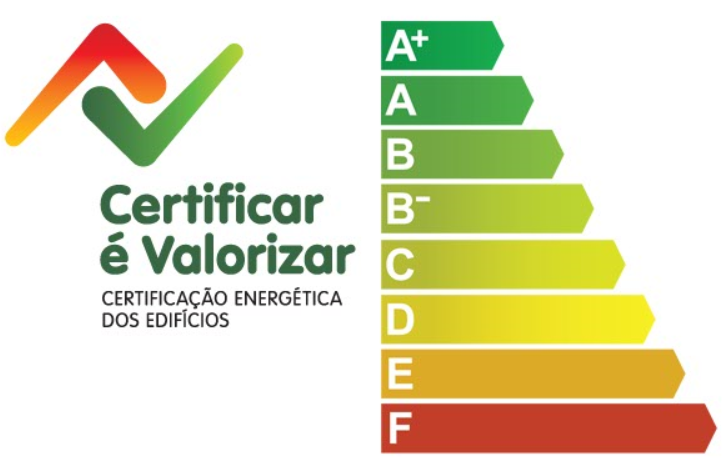
Energy efficiency in my region
The application of energy efficiency measures results in improved energy performance of the installations where they are implemented. These improvements are included in the energy certificate of a service or residential building.
In Portugal, approximately half of the buildings have a high energy classification between A+ and C. Approximately 30% of buildings are classified as category C.
